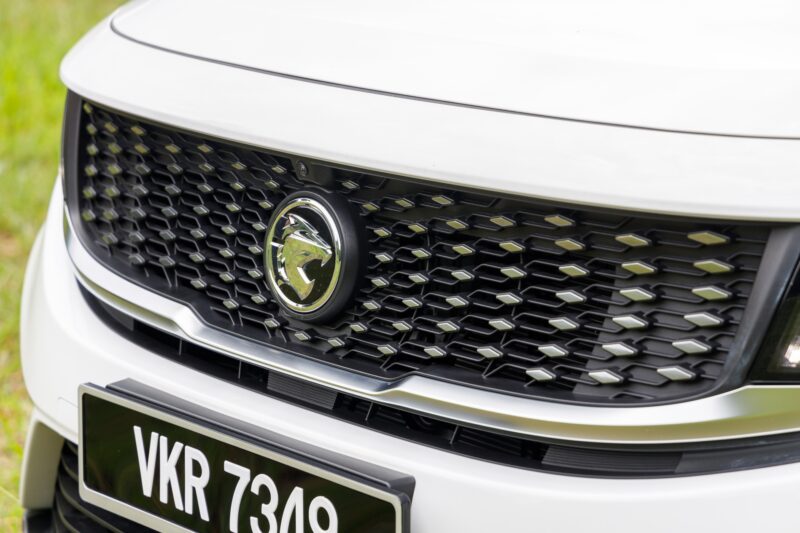The word “rebadge” has quite a negative connotation among car enthusiasts in Malaysia. For them, rebadging is considered a somewhat shameful practice that should not be done by any aspiring car manufacturer.
But little do they know that rebadging has certain advantages that can help a company grow in the early stages of its business.
The main upside of rebadging is that it helps companies save on R&D costs. Developing a vehicle from scratch requires massive investment, and not all brands, especially new ones, are willing to break the bank as they do not want to face the risk of heavy losses.
So thanks to the magic of rebadging, companies not only can reduce R&D expenses but they are also able to sell their products at a much more affordable price to entice their target market.
For Proton, this has been the path taken since its inception in 1983. With Mitsubishi as a technical partner at that time, the national car manufacturer finally launched its first car, the Proton Saga, just two years after it was founded.
Fast forward today after nearly 40 years since the first Proton car was introduced, Proton is still in the business of rebadging cars but its involvement in the entire process is more profound, with the company taking part not only in design but vehicle tuning as well.
So without further ado, let’s take a walk down memory lane and look at the seven most iconic rebadged Proton models ever offered:
Saga
The car that started it all for Proton. Launched by Tun Mahathir, the Saga was based on the Mitsubishi Lancer Fiore and sold until 1992 before being replaced by the Saga Iswara. It is currently in its third generation but now uses Proton’s very own platform.
Wira
The second rebadged model from Proton, which was produced for 16 years from 1993 to 2009. Based on the 1991 Lancer, it was available as a four-door sedan or a five-door hatchback known as the Aeroback. It had several notable versions like 1.8 EXI Limited (C99) and the ultra-rare Sembilu, which sadly never saw the light of day.
Satria
The first-generation Satria was produced from 1994 to 2006 using the Mitsubishi Mirage Cyborg as its base. This hatchback spawned two highly sought-after, performance-oriented versions co-developed with Lotus, namely the Satria GTi and Satria R3. It was later replaced by the Satria Neo, which was sold until 2015.
Putra
The Putra was a surprise addition to Proton’s lineup because at that time nobody thought a newcomer like Proton had the cojones to offer a coupe. It was based on the Mitsubishi Mirage Asti and was only available with the 1.8-litre 4G93P engine that was also used in the Wira 1.8 EXI Limited and Satria GTi.
Arena
Also known as Jumbuck in international markets, the Arena was essentially a Wira that was cut in half and joined by a pickup truck cargo bed. In Malaysia, the Arena was offered in three variants – Freestyle, Sportdeck, and Fastback, each with different specifications to meet various customer needs.
Juara
Another rebadged model produced in collaboration with Mitsubishi, the Juara was a microvan based on the Mitsubishi Town Box Wide. Marketed as a lifestyle vehicle, it received a lukewarm reception leading Proton to halt sales in 2004, just three years after its launch.
X70
Launched at the end of 2018, the X70 is a crucial model in Proton’s history as it is the first product to emerge after the merger with Geely, and also the first-ever SUV for Proton. Fair to say that the X70 is single-handedly responsible for restoring customer confidence in the national car manufacturer.
